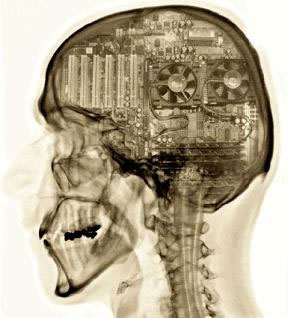Starbucks: Venti Plans for Micro Loans

The micro-lending revolution, which made it possible for community-based lending institutions to bundle together micro-donations of $25 into loans for entrepreneurs in emerging markets, is making its way to your local Starbucks. Starting November 1, if your local bank won’t give your small business a loan, you might just be able to receive financing from hundreds of thousands of everyday coffee-drinking Americans who care about bringing jobs back to their community. At over 7,000 Starbucks coffee shops around the nation, patrons will be able to submit micro-donations as small as $5, which will then be re-packaged into larger loans for worthy local businesses.
The Create Jobs for USA micro-lending plan, which came to life through the vision of Starbucks Chairman Howard Schultz as well as the support of the Opportunity Finance Network, is brilliant in its simplicity: groups of individuals, by combining their limited financial resources together at the grassroots level, can effect change on a scale that large financial institutions can not (or will not). The national reach of Starbucks, combined with the generosity of coffee drinkers willing to donate $5 or more at the same time that they’re willing to drop approximately the same amount for a Pumpkin Spice Latte, means that this new micro-lending initiative can have a real impact. In fact, according to Starbucks, every $3,000 raised through customers will create 1 new job in America. Every $5 donation has a multiplier effect, making it possible for businesses to raise $35 in total financing. At a time when small businesses help to create 50% of all new jobs in America, this means that every $5 donation could have a very real impact on the ability for communities to revitalize through new jobs creation.
In fact, if all goes according to plan, the Starbucks initiative could take off on a national level as other retailers also line up to participate. Imagine socially progressive businesses like Benetton or Body Shop also getting in on the action, accepting micro-donations for local businesses the same way they might accept micro-donations for charitable causes. And what happens if celebrities start to wear the new Starbucks “Indivisible” bracelets the same way they might wear Lance Armstrong’s “Live Strong” yellow bracelets?
Good things come in small packages. Consider the success of other micro-lending experiments across the U.S. — Kiva City has aleady extended its wildly popular micro-lending initiative to American cities like Detroit and New Orleans in an attempt to bring the power of grassroots financial action to economically-distressed communities. In fact, President Clinton recently helped launch the Kiva City micro-lending initiative on a national scale, bringing the power of micro-loans to places like Milwaukee and Pittsburgh. Certainly, micro-lending is a Big Idea worthy of Presidential attention (hint, hint).
The strategic genius of the Starbucks move is being able to marry social responsibility with the most important issue of the year – jobs creation – in a timely way that seamlessly integrates into the culture of the company and values of the customer base. (Even if you’re not a big Starbucks fan, admit it — Dunkin’ Donuts pulling this off would have been a lot harder, even if America Runs on Dunkin’) There’s a lot to be said for Starbucks continually staying at the forefront of important social and cultural trends, especially where social responsibility and capitalism intersect. The fact that an American icon like Starbucks is embracing micro-lending — an innovation which originally launched in the developing world — is perhaps the clearest sign yet that the flow of innovations from emerging markets into mature markets will continue to accelerate, especially if the standard of living in these “developed” markets continues to erode.
[image: Original Starbucks via Wikimedia Commons]





